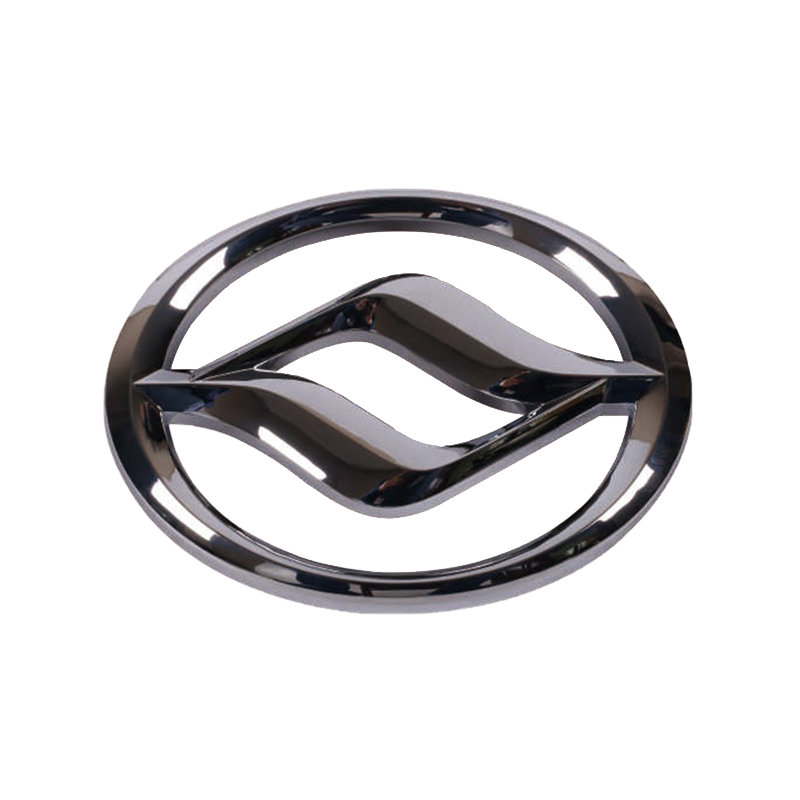In the automotive industry, the use of automotive plastic parts has become increasingly prevalent, revolutionizing the way vehicles are designed and manufactured. These components are not only lighter than their metal counterparts but also offer enhanced durability and design flexibility. Automotive plastic parts have become an integral part of modern vehicles, contributing to fuel efficiency and reduced emissions. The benefits of automotive plastic parts extend beyond just weight reduction. They are more resistant to corrosion and can withstand harsh weather conditions, which is crucial for the longevity of a vehicle. Additionally, the use of plastics in automotive parts has opened up a world of possibilities for designers, allowing for more complex and streamlined shapes that were previously unattainable with metal. Manufacturers are constantly innovating with automotive plastic parts to improve safety features, such as energy-absorbing components in the event of a collision. The versatility of plastics also means that they can be easily recycled, which is a significant advantage in the push towards more sustainable automotive practices. As the demand for eco-friendly and cost-effective solutions grows, the role of automotive plastic parts is set to expand. From bumpers to interior trim, these parts are shaping the future of the automotive industry, making vehicles safer, more efficient, and more environmentally friendly. The continued development and integration of automotive plastic parts are a testament to the industry's commitment to innovation and sustainability.
- FAVORIETEN
- Nieuws Feed
- EXPLORE
- Pagina
- Groepen
- Events
- Blogs
- Marketplace
- Offers
- Jobs
Record
Recording 00:00
Commenting has been turned off for this post.
Categorieën
- Art
- Causes
- Crafts
- Dance
- Drinks
- Film
- Fitness
- Food
- Spellen
- Gardening
- Health
- Home
- Literature
- Music
- Networking
- Other
- Party
- Religion
- Shopping
- Sports
- Theater
- Wellness
Read More
Assistir Better Man (2024) HD grtis | Filme completo em Portuguse noe
05 segundos - Com a crescente demanda por entretenimento online, a indústria do...
Titel: "Die besten Poe2 Items kaufen: So finden Sie Top Path of Exile Währung
Die besten Poe2 Items kaufen: So finden Sie Top Path of Exile Währung
Wenn Sie ein...
Titre : "Tout Savoir sur les FC25 Credits : Maximisez vos Crédits FIFA 25 pour Élever Votre Jeu
Tout Savoir sur les FC25 Credits : Maximisez vos Crédits FIFA 25 pour Élever Votre...
The Diverse Styles of Ladies Cashmere Blend Jackets
When it comes to luxury outerwear, few fabrics can compare to the elegance and warmth of...
Optimiser vos Crédits FC25 : Guide Complet pour Maximiser vos Crédits FIFA 25
Optimiser vos Crédits FC25 : Guide Complet pour Maximiser vos Crédits FIFA 25
Dans...
© 2025 BairwaJi - Bairwa Networking  Dutch
Dutch

